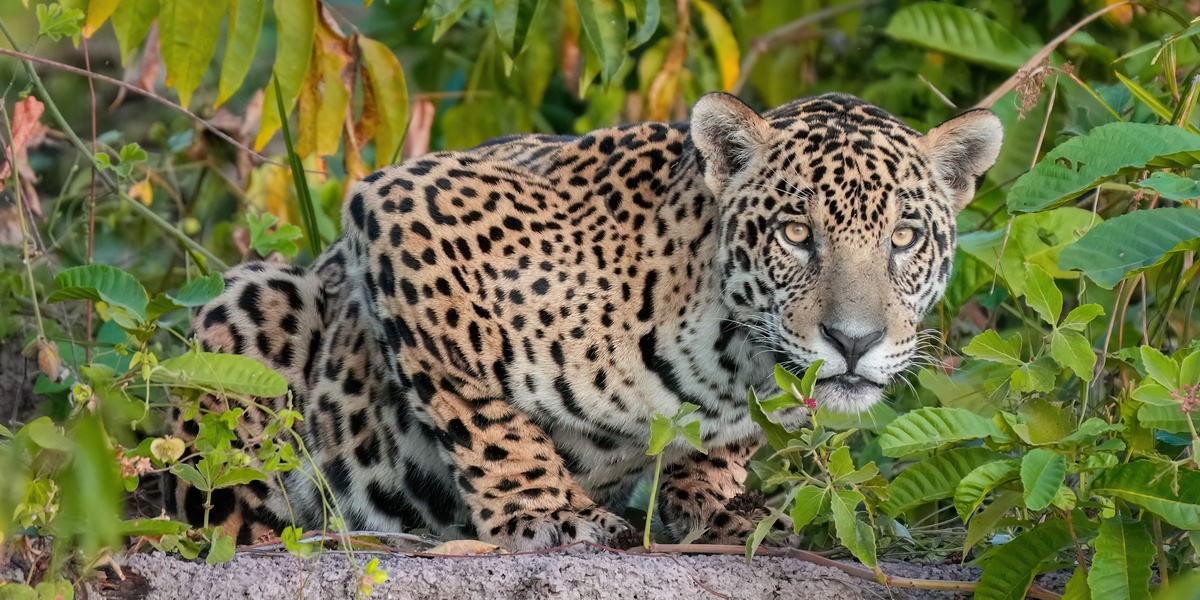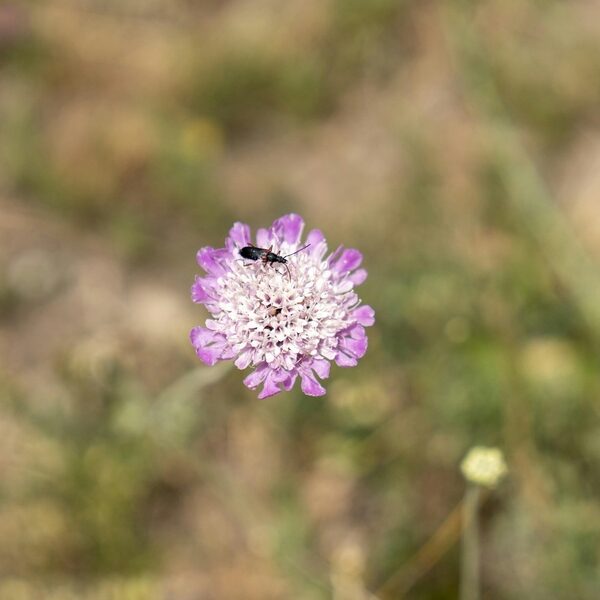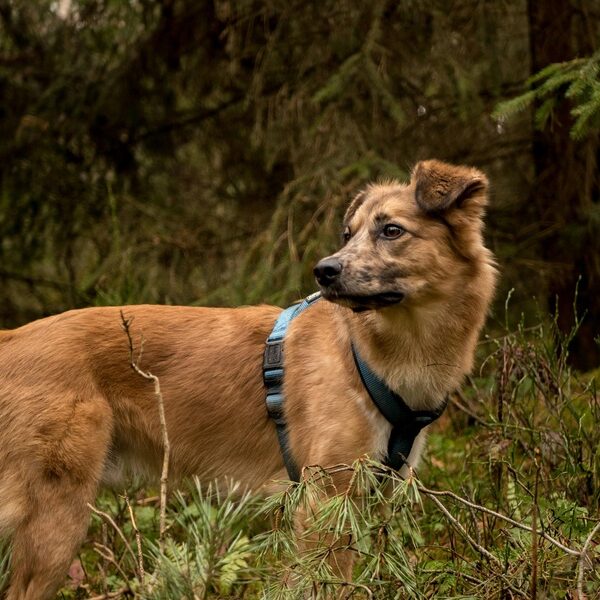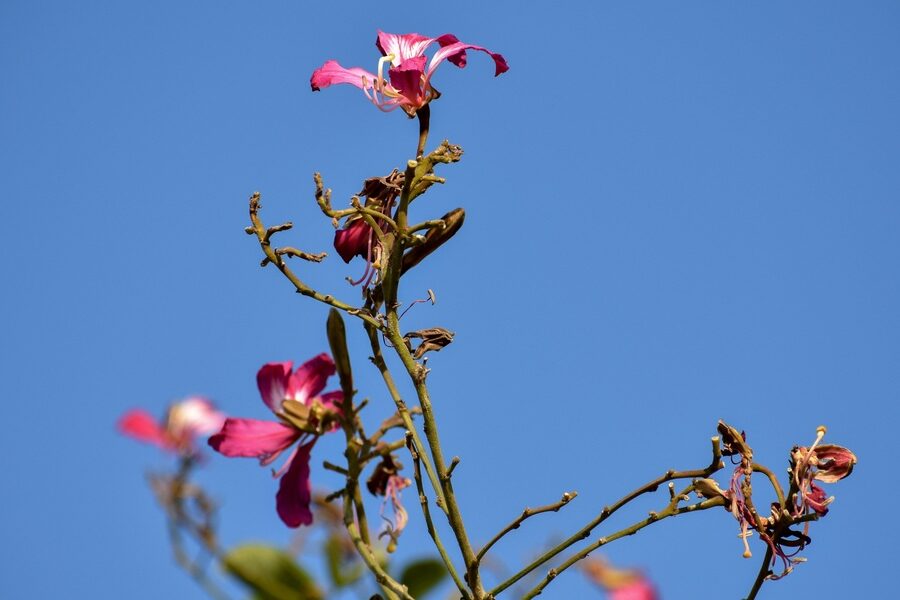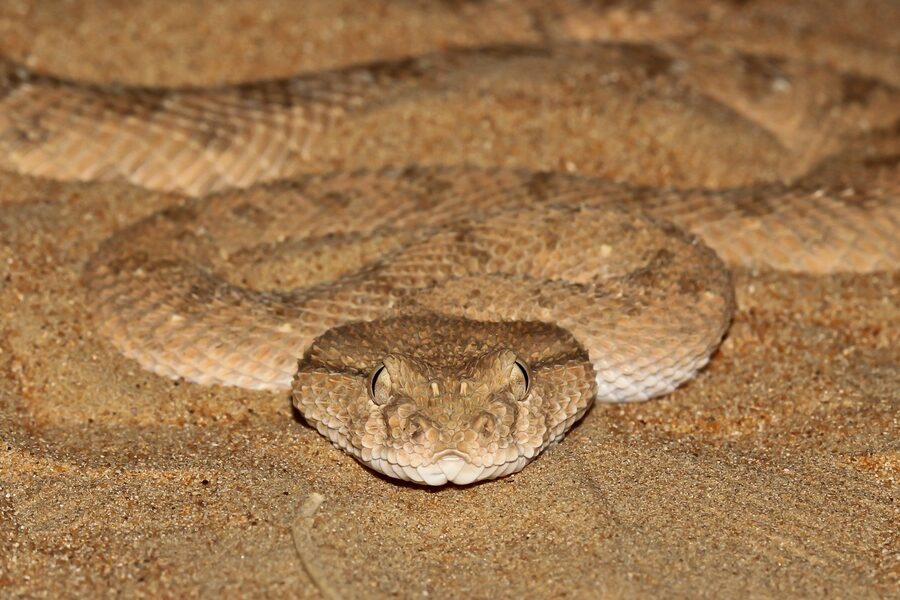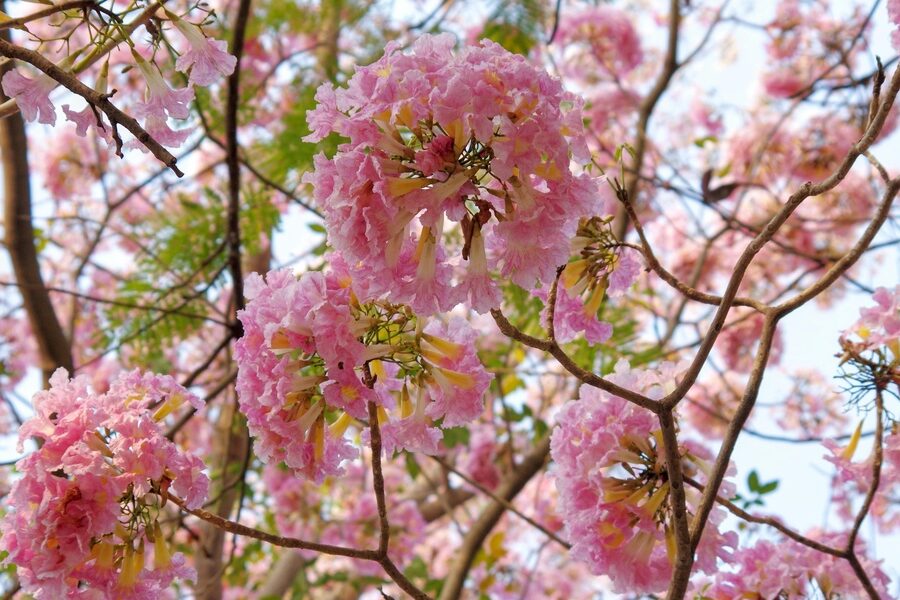Paraguay’s mix of subtropical forests, wetlands and urban areas creates a surprising variety of wildlife — and with that comes species that can be dangerous to people and pets. Whether you’re planning fieldwork, travel or just curious about local risks, a clear overview helps you stay safe and informed.
There are 24 Dangerous Animals in Paraguay, ranging from the tiny Aedes mosquito to the large Yellow anaconda. For each entry you’ll find below the Scientific name,Risk level,Habitat/region so you can quickly compare which animals are medically significant, where they live, and how likely encounters are as you move between cities, rivers and forest edges — you’ll find below full details for each species.
Which of these animals are most likely to harm people in populated areas?
Mosquitoes (notably Aedes species) and certain venomous spiders and snakes are the most common threats in populated or peri-urban zones because of their proximity to people and disease transmission. Risk depends on season, local habitat, and human behavior (standing water, sheltering practices, night activity).
What practical steps reduce my risk when visiting habitats with dangerous animals?
Wear long sleeves and boots, use insect repellent and treated nets, avoid walking barefoot, keep campsites clear of food and shelter for pests, and learn basic first aid and nearest medical contacts for bites, stings or snake envenomation.
Dangerous Animals in Paraguay
| Name | Scientific name | Risk level | Habitat/region |
|---|---|---|---|
| Urutu | Bothrops alternatus | High – Potent hemotoxic venom; frequent rural bites | Grasslands, wetlands, agricultural margins |
| Jararaca | Bothrops jararaca | High – Venomous, causes severe systemic and local envenoming | Atlantic forest fragments, disturbed woodland, near homes |
| South American rattlesnake | Crotalus durissus | High – Neurotoxic and myotoxic venom; medically significant bites | Dry forests, Chaco, savannas, open country |
| Coral snake | Micrurus frontalis | High – Potent neurotoxic venom; small bites can be life-threatening | Forest edges, leaf litter, rural yards |
| Brazilian wandering spider | Phoneutria nigriventer | High – Neurotoxic venom; aggressive posture, dangerous to children | Urban outskirts, banana plantations, houses, debris |
| Recluse spider | Loxosceles laeta | Moderate – Venom can cause necrosis and systemic reactions in some cases | Houses, woodpiles, dark undisturbed corners |
| Widow spider | Latrodectus geometricus | Moderate – Neurotoxic venom causes painful systemic symptoms occasionally | Buildings, storage areas, rural homes, outbuildings |
| Scorpion (Tityus paraguayensis) | Tityus paraguayensis | High – Venomous scorpion; can cause severe envenoming, especially children | Sandy soils, houses, rural areas, Chaco |
| Piranha | Pygocentrus nattereri | Moderate – Sharp teeth; group bites can cause severe lacerations | Rivers, floodplain lakes, Paraná-Paraguay basin |
| Freshwater stingray | Potamotrygon motoro | Moderate – Venomous tail spines cause intense pain and possible complications | Sandy river bottoms, shallow waters, tributaries of major rivers |
| Yacare caiman | Caiman yacare | Moderate – Powerful bite; can cause severe trauma and infection | Pantanal, wetlands, river margins, lagoons |
| Yellow anaconda | Eunectes notaeus | Low – Large constrictor; rare serious human attacks but can injure | Marshes, riverbanks, wetlands, Pantanal |
| Africanized honey bee | Apis mellifera scutellata | High – Swarming defense causes many-sting incidents, sometimes fatal | Open fields, rural settlements, urban green spaces |
| Vampire bat | Desmodus rotundus | High – Bites small but transmit rabies and cause blood loss | Cattle ranches, farms, caves, village peripheries |
| Stray/feral dog | Canis familiaris | Moderate – Bites common; rabies transmission historically significant | Urban areas, rural communities, streets and peripheries |
| Feral pig | Sus scrofa | Moderate – Large, unpredictable; can gore and trample humans | Forests, agricultural lands, wetlands, Chaco outskirts |
| Jaguar | Panthera onca | Low – Powerful predator but human attacks are rare and localized | Remote forests, Pantanal, Chaco, riverine areas |
| Puma | Puma concolor | Low – Solitary big cat; rare attacks, opportunistic toward livestock | Forests, hills, Chaco, agricultural edges |
| Kissing bug (Triatomine) | Triatoma infestans | High – Vector of Chagas disease; household infestation risk | Rural homes, thatched roofs, peridomestic structures, granaries |
| Aedes mosquito | Aedes aegypti | High – Urban vector for dengue, Zika and chikungunya; frequent outbreaks | Urban, peri-urban, domestic water containers and breeding sites |
| Anopheles mosquito | Anopheles darlingi | Moderate – Primary rural malaria vector in riverine areas | Riparian zones, forests, wetlands, rural settlements |
| Sandfly | Lutzomyia longipalpis | High – Vector of visceral leishmaniasis; expanding in peri-urban areas | Peridomestic areas, chicken coops, forest edges, settlements |
| Freshwater stingray | Potamotrygon spp. | Moderate – Venomous barbs cause intense pain and wound complications | Rivers and sandy bottoms across Paraguay river systems |
| Fire ant (red imported) | Solenopsis invicta | Moderate – Painful stings; allergic reactions and secondary infection risk | Open ground, pastures, disturbed soils, urban greenspaces |
Images and Descriptions
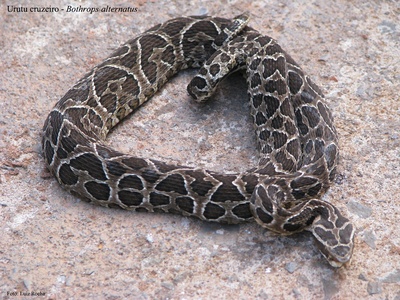
Urutu
Urutu is a heavy pit viper responsible for many rural envenomations. Bites cause swelling, bleeding and systemic effects; common near fields and during harvest. Avoid tall grass, wear boots and long pants. First aid: immobilize limb, remove jewelry, seek antivenom-equipped medical care immediately.
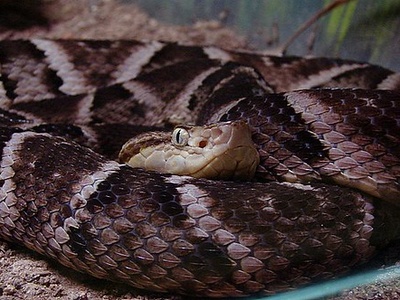
Jararaca
Jararaca is a common forest-edge pit viper that bites people who step on or disturb it. Envenoming produces pain, swelling and systemic symptoms. Wear boots, watch leaf litter, carry a torch at night. Get urgent medical care and antivenom for confirmed bites.
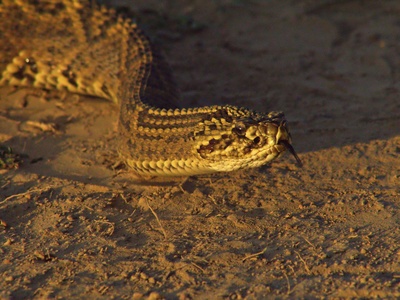
South American rattlesnake
This rattlesnake has powerful venom affecting nerves and muscle; bites can cause paralysis and muscle breakdown. Rattle warning often audible — back away calmly. Immobilize bite, avoid tourniquets, go to hospital quickly for antivenom and supportive care.
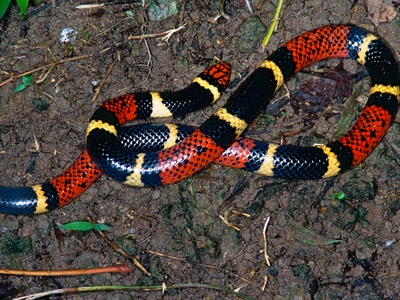
Coral snake
Colorful banded coral snakes are shy but highly venomous; their small mouths may deliver hidden neurotoxic bites. Do not handle, teach children not to touch. If bitten, keep victim calm, avoid exertion and obtain urgent antivenom treatment.
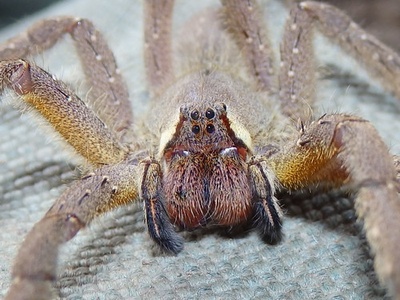
Brazilian wandering spider
Large nocturnal spiders often enter homes and shoes; bite causes intense pain, sweating, hypertension and sometimes systemic symptoms. Shake out clothing and bedding, keep windows screened. For bites, seek medical attention; children and elderly need urgent care.
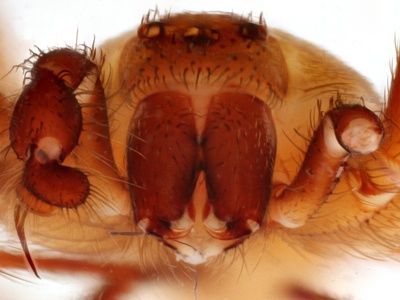
Recluse spider
The Chilean/recluse spider has a shy habit but bites may produce local tissue damage and rare systemic illness. Avoid reaching into dark places, shake clothing. Clean wounds, monitor for ulceration and seek medical care for progressive necrosis or systemic signs.
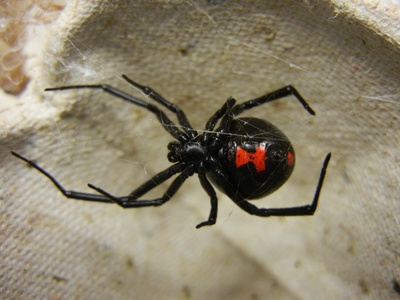
Widow spider
Small widow spiders hide in cluttered, sheltered spots; bites cause localized pain, muscle cramps and autonomic symptoms. Wear gloves when handling debris and seal gaps. Wash bite, apply cold, seek medical care for severe pain or systemic signs; antivenom available in severe cases.
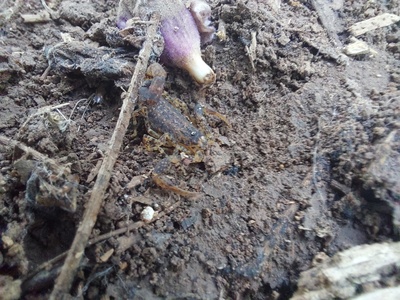
Scorpion (Tityus paraguayensis)
Several Tityus scorpions occur in Paraguay; stings produce sharp pain, sweating, heart and breathing disturbances in severe cases. Shake shoes and bedding, use light at night. For stings causing systemic symptoms, get urgent medical care and antivenom when indicated.
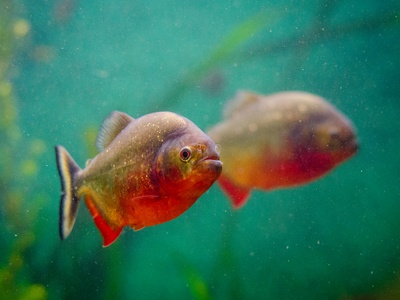
Piranha
Piranhas inflict painful bites when provoked, fed or during fishing; attacks usually produce lacerations rather than fatalities. Avoid splashing, swimming with bleeding, and fishing with bare hands. Clean wounds thoroughly, control bleeding, seek wound care and tetanus prophylaxis if needed.
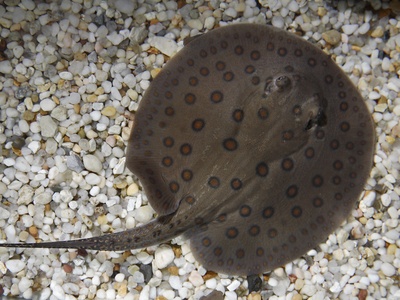
Freshwater stingray
Stings usually occur when wading over buried rays; venom causes severe pain, swelling and possible infection. Shuffle feet when entering shallow water, wear protective footwear. First aid: hot water immersion to reduce pain, seek medical care for wound management and tetanus shot.
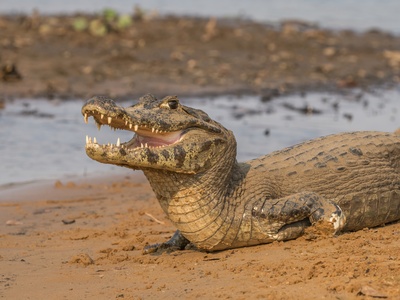
Yacare caiman
Yacare caimans inhabit wetlands and may bite anglers or swimmers at night. Keep distance from river edges, avoid camping near water, never feed or approach. In an attack, prioritize escaping; treat wounds urgently for trauma and infection, consider rabies unlikely but seek care.
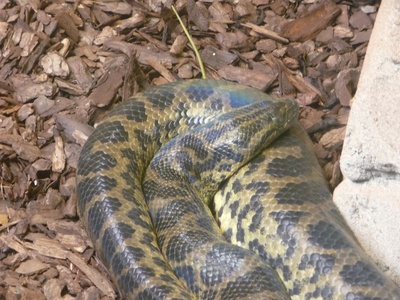
Yellow anaconda
Yellow anacondas are heavy aquatic snakes that can constrict small animals; human attacks are exceptional. Avoid handling wild snakes, supervise children near water. If entangled, try to protect airway and call for help; treat bite wounds and contamination afterwards.
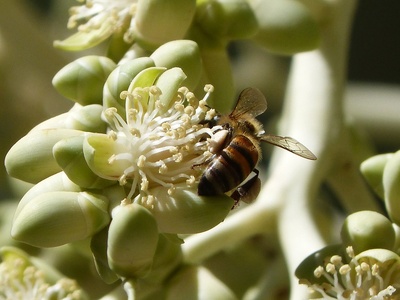
Africanized honey bee
Africanized bees are highly defensive and can pursue and swarm people near nests. Stay calm, flee in a straight line, seek enclosed shelter and remove stingers. Multiple stings may cause anaphylaxis; seek emergency care immediately if breathing difficulty or collapse occurs.

Vampire bat
Common in rural Paraguay, vampire bats feed on livestock and occasionally humans, posing rabies risk. Use mosquito nets, vaccinate livestock and pets, avoid sleeping outdoors unprotected. Any bat bite or scratch requires prompt wound cleaning and rabies post-exposure prophylaxis.
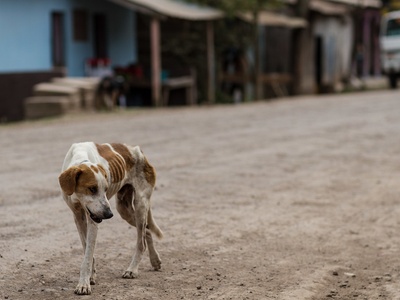
Stray/feral dog
Stray or aggressive dogs cause many bites and can transmit rabies. Avoid approaching unknown dogs, do not feed strays. If bitten, wash wound thoroughly with soap and water, seek medical care for wound closure and rabies/tetanus prophylaxis.
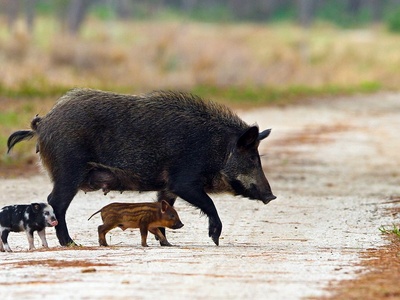
Feral pig
Feral pigs can be aggressive when cornered or protecting piglets and inflict crushing/gore injuries. Avoid surprising groups, use caution near rooting areas. In attacks, prioritize getting to safety, control bleeding, and obtain emergency medical attention for wounds.
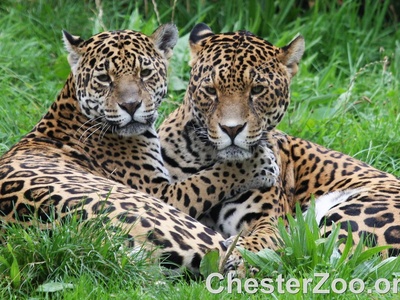
Jaguar
Jaguars are apex predators rarely attacking humans; most incidents involve injured or trapped animals. Avoid walking alone at dawn/dusk in remote areas, secure livestock. In the extremely rare attack, defend yourself and seek urgent trauma care for severe injuries.
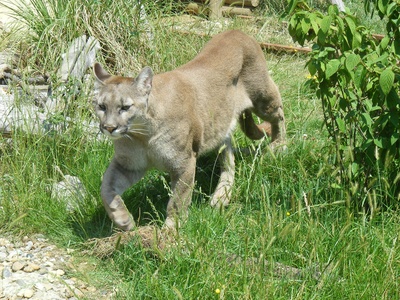
Puma
Cougars generally avoid people but may attack when cornered or habituated to food sources. Hike in groups, keep children close, don’t run from a charging cat. Treat wounds seriously and seek medical and rabies follow-up if exposure occurred.
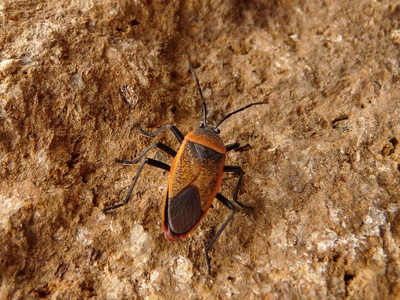
Kissing bug (Triatomine)
Triatomine bugs hide in cracks and bite sleeping people, potentially transmitting Trypanosoma cruzi. Improve housing, seal crevices, use bed nets and insecticide where recommended. If exposed, seek testing and medical advice for treatment to prevent chronic disease.
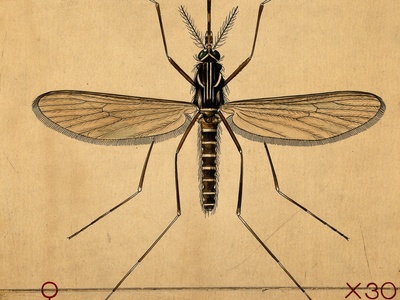
Aedes mosquito
Aedes aegypti bites during daytime and spreads multiple arboviruses. Eliminate standing water, use repellents and window screens. If fever, rash or severe symptoms occur, seek rapid medical evaluation and testing; follow public-health guidance during outbreaks.
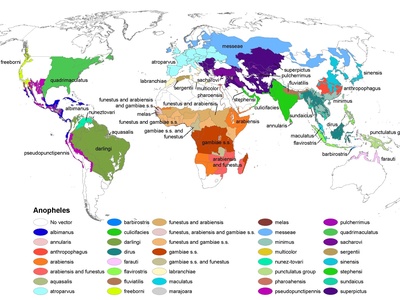
Anopheles mosquito
Anopheles darlingi bites at night and transmits malaria in endemic Paraguayan regions. Use insecticide-treated nets, repellents, and prompt diagnosis if fever develops. Seek antimalarial treatment quickly to prevent severe disease and onward transmission.

Sandfly
Sandflies transmit Leishmania infantum causing visceral disease and skin lesions. Reduce breeding sites, use nets and repellents, manage reservoir dogs. If chronic fever, weight loss or skin lesions develop, seek medical evaluation and testing for leishmaniasis.

Freshwater stingray
Several Potamotrygon species in Paraguay can inflict painful, venomous stings when stepped on. Shuffle feet when wading, wear water footwear. First aid: hot-water immersion to reduce pain, clean wound, seek medical care for exploration and infection prevention.
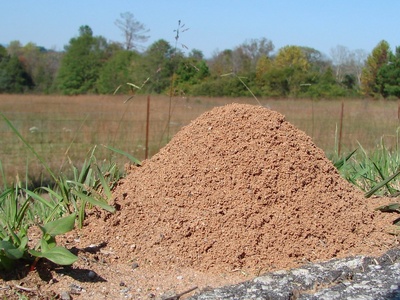
Fire ant (red imported)
Invasive fire ants form mounds and swarm to sting en masse, causing painful pustules and occasional anaphylaxis. Avoid stepping on mounds, wear footwear. For many stings, remove ants, wash area, and seek emergency care for breathing difficulty or severe reactions.
